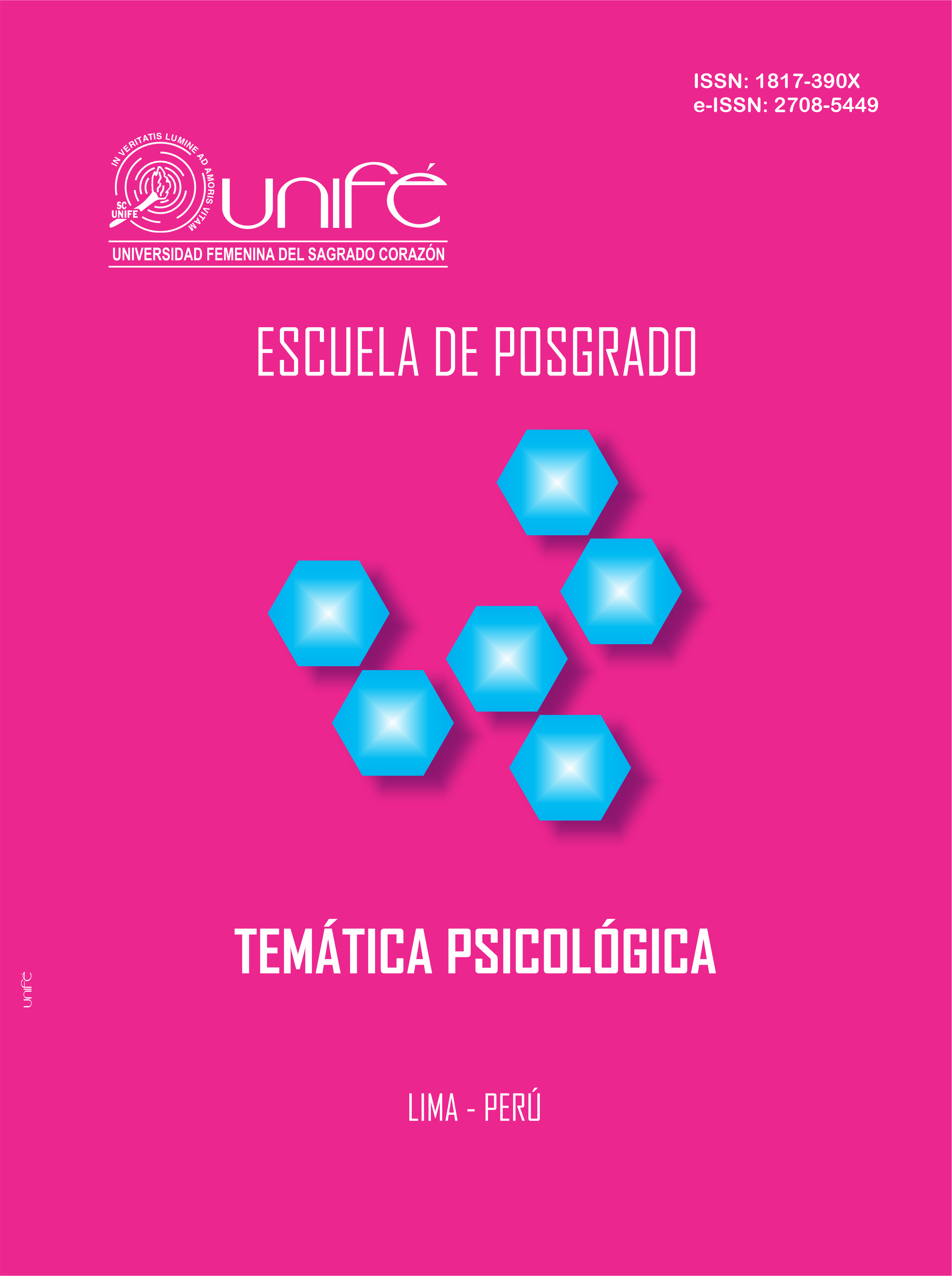Emotional intelligence in students of the first academic semester according to sex
DOI:
https://doi.org/10.33539/tematpsicol.2020.n16.2620Keywords:
Emotional intelligence, gender differences, studentsAbstract
Describe emotional intelligence by sex in the students of the first academic semester of an educational institute in Lima. This study is a primary observation, basic, prospective and transversal, with a descriptive, simple and comparative research design, consisting of a sample of 301 individuals, composed of men (54%) and women (46%) and selected by a probabilistic sample. The measurements were made through the BarOn emotional quotient inventory (I-CE) version adapted by Dr. Nelly Ugarriza in Lima. The data was processed with SPSS 23, and the Student’s t-test was used to compare the corresponding emotional intelligence scores, dimensions and sub-scales according to gender. The sample consisted of 163 men and 138 women between the ages of 18 to 26 years. In the main results, it is found significant differences were evidenced according to sex in the “interpersonal” dimensions (t (299) = -3.96, p = 0.000, “General Mood” (t (299) = 2.62, p = 0.009), “empathy” (t (299) = -5.50, p = 0.000, “social responsibility” (t (299) = -5.88, p = 0.000 and “happiness” (t (299) = 2.70, p = 0.007 and “self-esteem” (t (299) = 2.84, p = 0.005. There are significant differences in the components of emotional intelligence according to sex, which can be attributed not only to biological factors, but also because of external factors of the subject such as education, culture, society when considering other factors as elements intervening in emotional intelligence. That is why; some changes in the education paradigm are proposed to propitiate the closing of the gap in the development of emotional intelligence between both
Downloads
Downloads
Published
How to Cite
Issue
Section
License
Copyright (c) 2022 Libio Huaroto

This work is licensed under a Creative Commons Attribution 4.0 International License.


